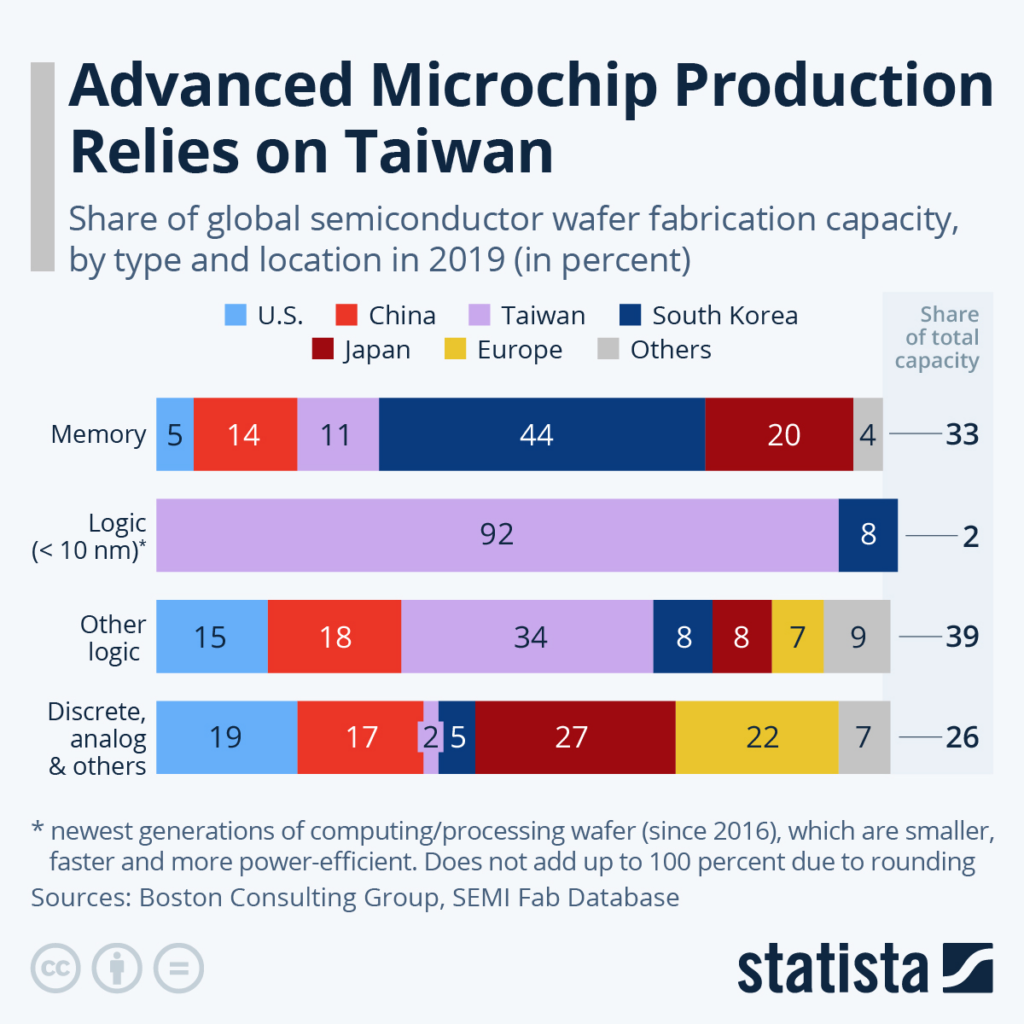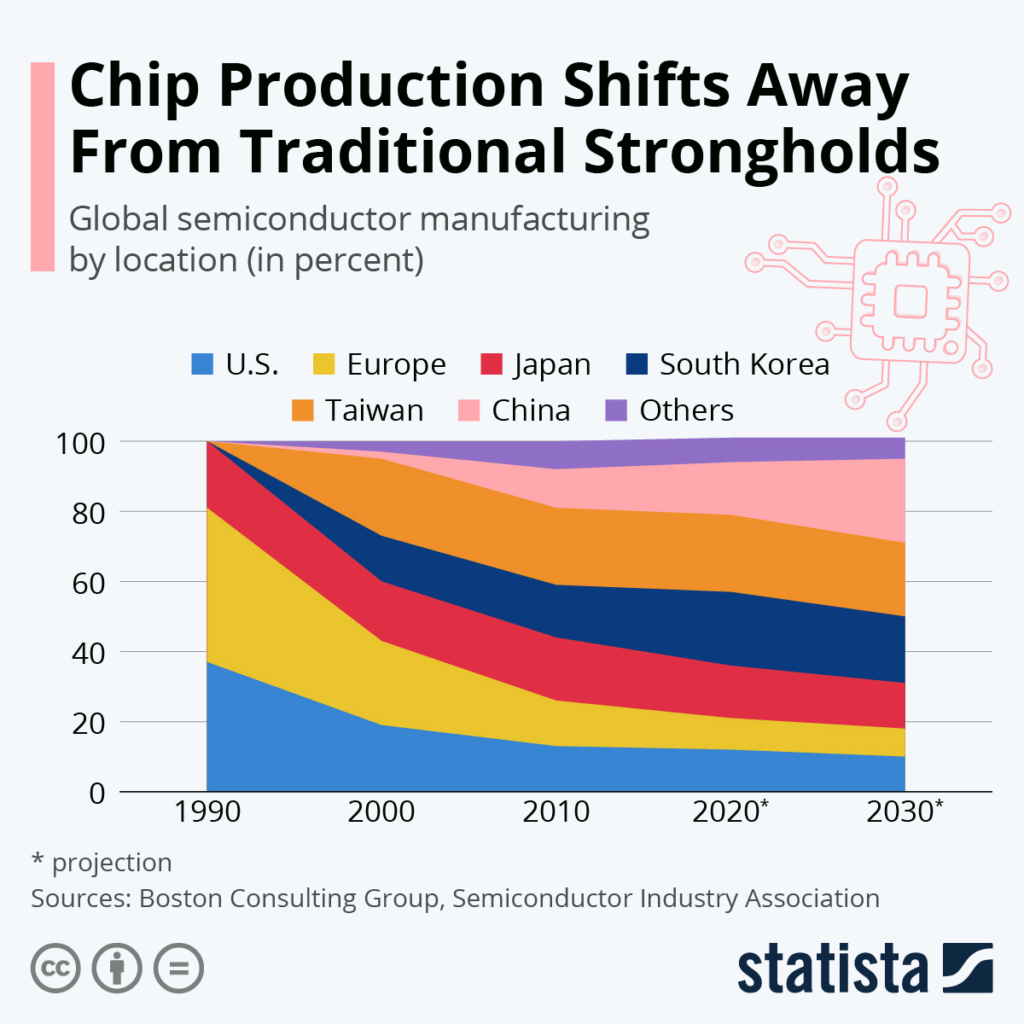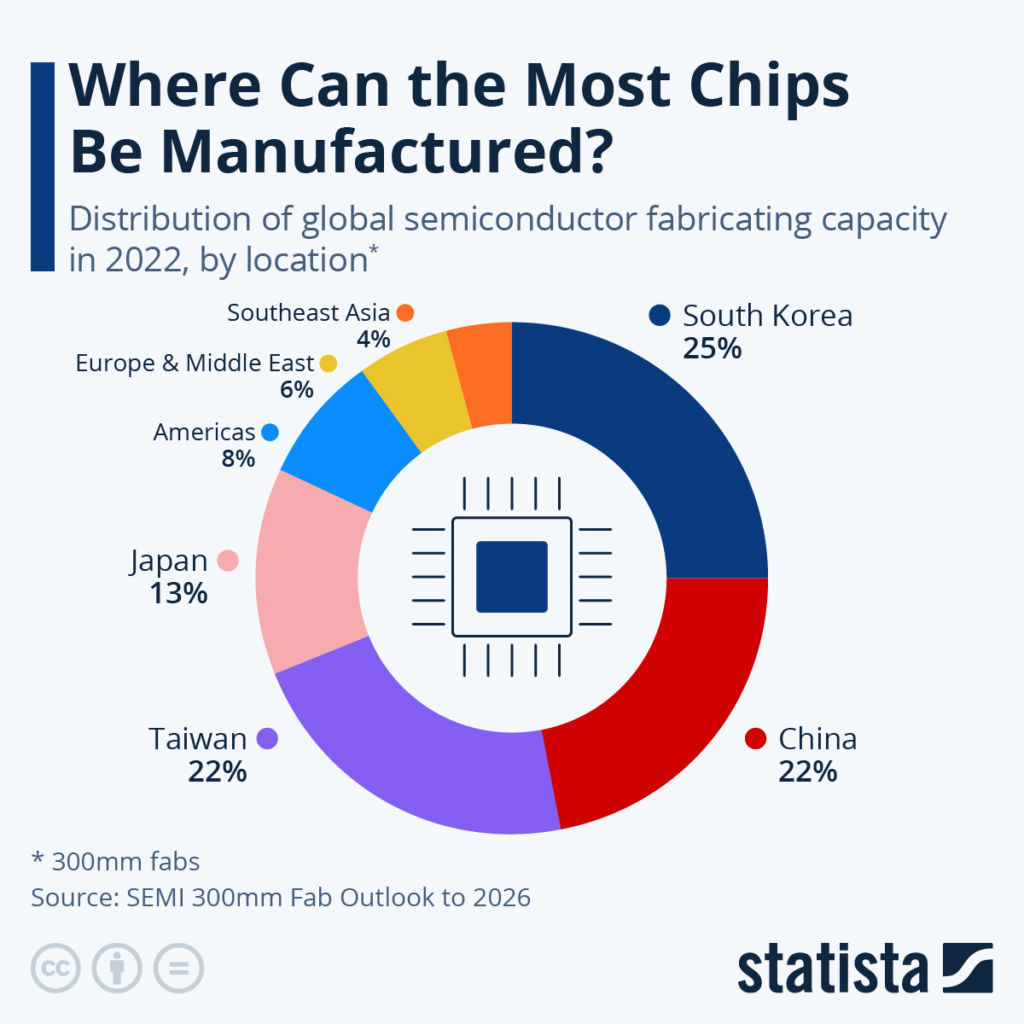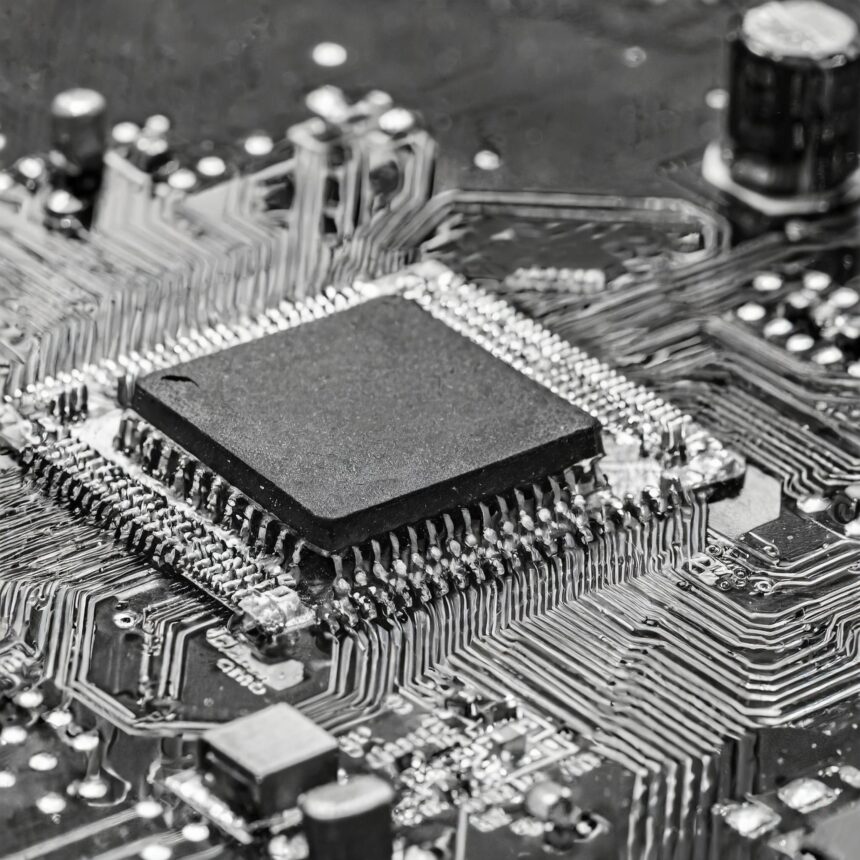The U.S. Department of Commerce announced a profound CHIPS Act funding proposal for the Taiwan Semiconductor Manufacturing Company (TSMC) amounting to $6.6 billion. This proposal is a strategic move by President Joe Biden aimed at bolstering the construction of advanced semiconductor manufacturing facilities within the United States. The CHIPS Act is a significant push to increase domestic chip production. TSMC’s acceptance of this award, coupled with an additional $5 billion in low-cost government loans, signifies the largest foreign direct investment in a new U.S. project to date.

What’s Happening & Why This Matters
This investment is set to support the creation of TSMC’s third fabrication plant in Arizona, pushing the total investment in the state to an impressive $65 billion. Simply put, the U.S. government is betting big on chips – the tiny electronic brains powering everything from smartphones to cars. By investing billions in TSMC, the chip manufacturing titan, the aim is to make the U.S. a cutting-edge chip producer within its borders. This move not only promises to bring more jobs but also keeps America competitive in crucial tech industries like driverless cars, artificial intelligence, and high-performance computing.
TSMC’s ambitious plan includes three fabrication plants in Arizona, eventually churning out millions of these advanced chips. These plants are more than factories; they’re set to be the birthplace of technology that could drive the next big leaps in gadgets, vehicles, and even AI servers. By 2025, the first of these plants will kick into gear, with the most advanced chip production slated for 2028.

America’s Big Vision
The U.S.’s investment further reflects its broader goal. By 2030, America hopes to produce 20% of the world’s leading-edge semiconductors. This isn’t just about keeping up with global tech advancements; it’s about leading them, especially in realms like AI that are set to shape the future. Despite the challenges, including finding enough skilled workers to man these high-tech fortresses, this initiative signals a major leap forward.

TF Summary: What’s Next
The partnership between the U.S. government and TSMC is a massive step towards reclaiming global leadership in semiconductor technology. It underscores a commitment to catching up with current technological advancements but leading the future. As this project blossoms, it promises not only to revolutionize U.S. chip manufacturing but also fuel innovation across high-tech industries.
This partnership raises another question. How will other nations, especially China, respond to this 21st-century tech race move?


